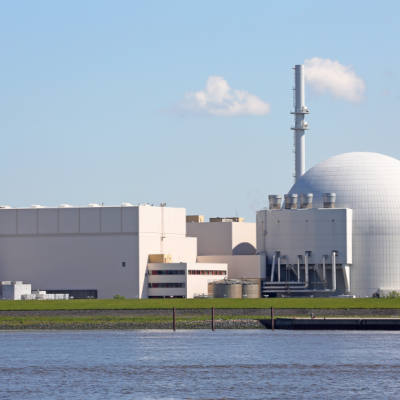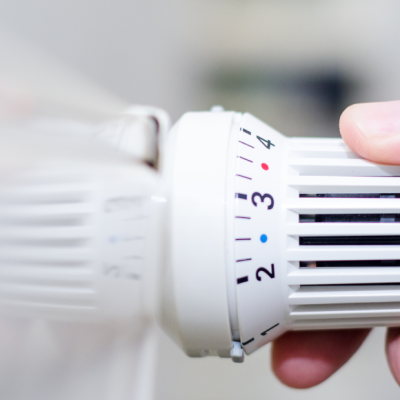Switzerland has recently launched its first commercial plant that filters several tons of CO2 from the atmosphere each year. Despite the efforts of many countries to combat climate change, progress has been slow. As a result, many are turning to geo-engineering as an alternative to solar power plants, wind farms, or electric vehicles. Geo-engineering involves technical methods to remove CO2 from the atmosphere or to minimize solar radiation on the Earth’s surface. However, these measures are controversial as they may do more harm than good and can only be supportive. Alone, they cannot stop global warming caused by the increase in CO2. Although there are many ideas to filter CO2 from the air, most of them have not progressed beyond the planning phase. The most successful implementation so far is CO2 sequestration, which captures CO2 directly at the source, such as a chimney of an industrial plant.
Now, a new method is being tested in Switzerland, called Direct-Air-Capture. This method filters CO2 from normal air by sucking in air and using chemical binders to filter out CO2. However, this method has a major disadvantage: if the CO2 content in the air is too low, larger amounts of air must be filtered, which in turn requires more energy. Nevertheless, this method can be profitable, as demonstrated by the first commercial plant near Zurich, which is capable of filtering 900 tons of CO2 per year from the surrounding air. The carbon dioxide is then sold to plant nurseries and used in greenhouses to accelerate the growth of vegetables. Climeworks, the company behind the plant, plans to build larger and more powerful Direct-Air-Capture plants with combined soil storage in the future to serve the primary goal of climate protection. However, to filter only one percent of global CO2 emissions from the air by 2025, about 250,000 plants like the one in Hinwil would be required.
Despite the potential of Direct-Air-Capture, it is important to note that it cannot be the sole solution to climate change. It must be combined with other measures, such as reducing emissions and increasing the use of renewable energy sources. Nevertheless, this new technology is a step in the right direction and offers hope for a more sustainable future.










